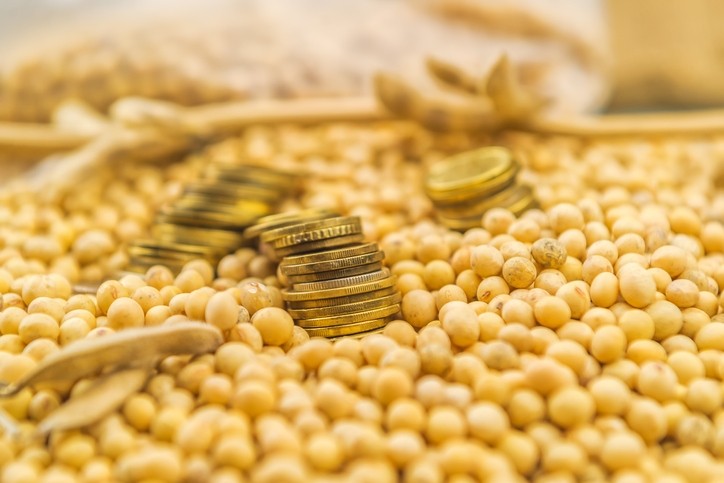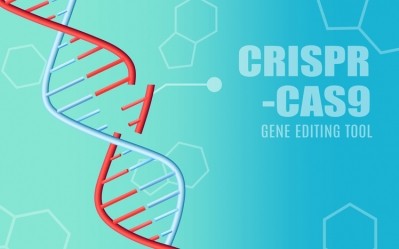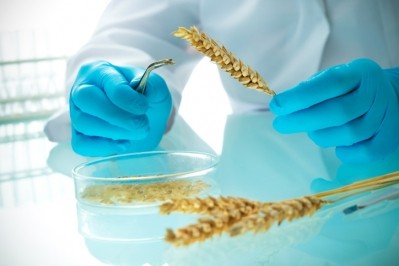Amfora licenses gene editing tech in high-protein soy work

The California-based biotech company announced earlier this month that it had established a non-exclusive commercial and research license agreement with Corteva Agriscience, the Broad Institute of MIT and Harvard and DowDuPont’s agriculture division to use CRISPR-Cas9 gene editing tools.
Amfora has been working to develop high-protein strains of multiple feed and food crops for several years.
Cas-9 technology gives the company a “robust” editing technology, said Lloyd Kunimoto, Amfora CEO. “Gene editing is a rapidly moving field, and, in any new field, the intellectual property landscape is always evolving, but in the case of Cas-9. Corteva and the Broad have a solid patent portfolio covering the use of Cas-9 for gene editing."
Amfora is looking to edit crop plants to increase protein content. "And as we’re starting to develop events that we hope will become commercial, we wanted to make sure that we had the freedom to operate with the best editing technology, which also has a solid IP position.”
An initial focus is developing high protein strain of soybeans, he said. “Soy is the most commercially important and largest source of protein used in animal feed – and it’s also a much more important part of the total diet of farmed fish now."
One factor that can limit the use of soybean meal (SBM) as a protein source in aqua feeds is that it is not as protein dense as fishmeal, said Kunimoto.
“Many of the more valuable farmed seafood species need a diet that is dense in protein because that mirrors their diet in the wild. We’re working on increasing the protein density of soy so it can work as both a vegetarian alternative and a more sustainable alternative to harvesting wild-caught fish that are used in feed.”
The high-density SBM could provide an alternative and it would be “pretty attractive economically.”
The editing process targets a specific gene and mechanism, he said. The modification reduces the amount of carbohydrates and starch in the meal.
The prototype high-protein soybeans the company has generated have a protein content level of around 60%. However, that could increase as the editing process continues, he said.
Commercial timeline and costs
Amfora is planning to start feeding trials later this year – first with model species and then with commercial species, said Kunimoto. The work will be done with a range of academic and research partners.
But the company is planning to run a “full battery of tests” for several commercial species to gain an understanding of the best ways to incorporate the protein ingredient in a feed formulation.
“We’ll have to understand how our high protein soy ingredient can be used compared to other ingredients in the formultion,” he said. “The goal [is] to launch our first commercial sale in 2024 and to conduct a large beta test with a commercial producer in 2023.”
As the production process moves toward commercialization the company is planning to establish a network of farmers to raise the specialty soybean crop, which can be processed into meal and oil products, he said.
There also is an interest in developing relationships with integrated aquaculture producers who generate their own feed and feed manufacturers.
Regulation and gene editing
Whether gene-edited crops are considered genetically modified organisms (GMOs) or not depends on the regulatory system of individual countries, said Kunimoto.
“The regulatory framework for editing is also evolving,” he added.
“In the US, clearly edited crops are not regulated at all and certainly not regulated as GMO crops,” he said. “Whereas in other parts of the world, certain countries have taken the view that edited crops are comparable and should be regulated in a comparable manner to GMO crops.”
However, the regulatory situation is not considered limiting to the work that Amfora is doing, he said.











